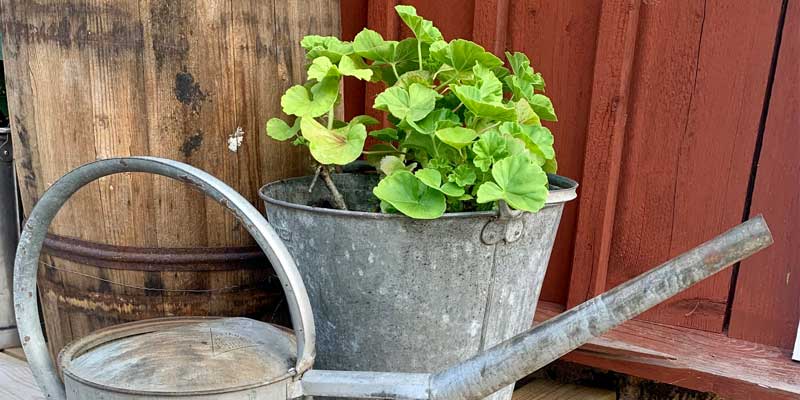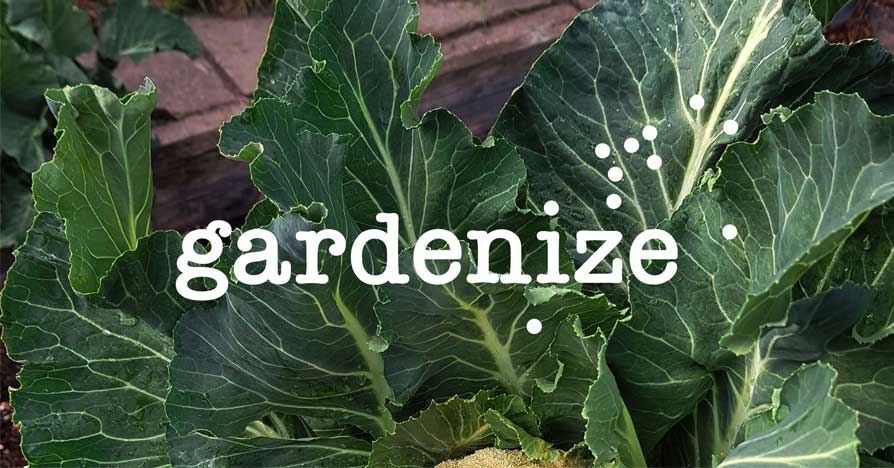What to do in in the garden in July
July is mid-summer, which for many Gardeners means sunshine, hot weather and for many of us – drought. Dry weather occurs in both the north, south, and the center of the country, making smart watering, and irrigation systems top items on almost everybody’s July to-do list. Here is what’s going on in July countrywide and in each region: Mid-Atlantic, Midwest, Northeast, Pacific Northwest, Pacific West Coast, Southwest, Southeast.

General Garden chores in July
Grow vegetables & herbs
July is not too late to keep working on or start your edible garden and plant garden vegetables and herbs. There are plenty of herbs and vegetables that yield multiple harvests that are perfect to plant around midsummer and be harvested in the fall.
- Remove weeds. Weeds flourish in heat.
- Remove suckers (growths that appear from the root systems of many trees and shrubs)
- Support plants with, stakes and cages.
- Watch out for infestations of insects, snails and slugs
- Monitor plant diseases
- Look out for Japanese beetle that attacks the foliage, flowers, or fruits. Especially plants that are members of the rose family.
- Fertilize heat-resistant flowers
- Plan your summer watering & check irrigation system. 10 tips for smart watering.
- Deadhead bulb plants when the flowers fade; don’t trim them off until leaves turn yellow. Continue deadheading annual and perennial flowers like Dahlias to promote more blooming. Tip: How to pinch Dahlias. Also pinch chrysanthemums one last time.
- Harvest ripe vegetables regularly, for improving the yields. Zucchini plants, for example, will keep bearing throughout the summer if you harvest the young fruits on a regular basis.
- Prune fruit trees. Remove energy-steeling water sprouts when you see them to help the fruiting branches.
Gardenize app tips
Mid-summer is a good time for Northern and Southern Gardeners alike to take stock of the garden and consider adjustments for next year’s garden. Make a Note in your app.
Mid-Atlantic (USDA Zone 5-7)
In this region, July usually comes with long heat waves. Make sure to keep your garden hydrated to avoid losing your investment of time, energy, and money.
- Buy annuals to great prices. Take advantage of the Garden Centers summer sales and discounts. Buy & revitalize during July and August and you will have them ready for your fall garden, flower beds and containers.
- Double check your water and irrigation systems. Link: 10 smart tips.
- Inspect plants for damage and intruders to avoid getting robbed on your harvest.
Midwest (USDA Zone 3–6)
There will be blazing hot days in July and longer heat waves. You better stay ahead on the watering and focus on irrigation to keep your plants healthy and alive.
- Deadhead bulb plants when the flowers fade; don’t trim them off until leaves turn yellow. Continue deadheading annual and perennial flowers like Dahlias to promote more blooming. Tip: How to pinch Dahlias.
- In the end of July, sow fall crops like peas.
- Keep irrigation systems in top shape by routine maintenance and check-ups.

Northeast (USDA Zone 4–7)
Like many other areas, northeastern gardens will experience its hottest weather in July. So don’t forget to water it before you head of to the beach.
- Take stock of what is in bloom. Want to add something? Create more space? Add to the color palette? Take a photo and make a note in the app for next year.
- Keep irrigation systems in top shape by routine maintenance and check-ups. Link: 10 smart tips for watering
- Buy annuals to great prices. Take advantage of the Garden Centers summer sales and discounts. Buy & revitalize during July and August and you will have them ready for your fall garden, flower beds and containers.
- Harvest vegetables and berries on a regular basis
- In the end of July, sow fall crops like peas.
- Watch out for harmful bugs in your flower or vegetable garden, use a natural soap and water mix for spraying.
Pacific Northwest (USDA zone 7–9)
Here we probably find the happiest gardeners in July. Here you will enjoy a moderate climate, the most sun and the lowest humidity during this month. Keep up the good work!
- Continue deadheading annual and perennial flowers like Dahlias to promote more blooming. Tip: How to pinch Dahlias.
- Keep on weeding to give your plants more space to grow
- Harvest vegetables before they grow too big and loose flavour
Pacific West Coast (USDA zone 7-11)
July is sunny and dry in Northern California that gets very little rain and can get a lot of soil-drying wind. Southern California is even warmer which makes irrigation systems a top priority for you this month!
In Northern California:
- Sow heat-loving vegetables like tomatoes (tomato link), peppers, okra, eggplant, and cucumbers. (link to cucumber hack)
- Fertilize brambles like raspberries and blackberries.
- Spray grapevines to prevent mildew.
In Southern California:
- Start planning your fall garden. (APP link function?)
- Keep irrigation systems in top shape by routine maintenance and check-ups. Link: 10 smart tips for watering
- Plant citrus trees and tropical fruits.

Southwest (USDA zone 4-7)
In the high desert: Santa Fe and New Mexico, summers are very hot. And in Phoenix and Arizona, July can be blistering with very little rain. This means that here, irrigation systems should be a top priority of yours.
- Water regularly and well. Link: 10 smart tips for watering
- Mulch to conserve moisture in the soi
- Prevent sunburned plants, ex give young perennials and succulents some afternoon shade
- Keep irrigation systems in top shape by routine maintenance and check-ups.
Southeast (USDA 6–11)
It is quite hot in July but can also mean some showers. Here you will most likely be fighting weeds!
- When sunny, run and maintain Irrigation system, and water in the mornings
- In case of rain and humidity, watch for fungal diseases. Remove any affected plants or parts of plants. Do not trow on the compost heap.
- Thin flowers and crops to enable air to pass through.
- TIPS: Note in your app which parts of the garden are affected, and, next year, make it a point to provide more spacing between the plants to increase airflow.
- In times of heat, water in the mornings so that the leaves are dry by evening.
- Weeding! Preferably in the early morning or late evening to avoid the hottest sun. Sun and rain combined; weeds thrive.
- Start planning your herb and vegetable garden for the fall.
GARDENIZE GARDEN APP
A gardening friend with a green thumb and photographic memory
Gardenize is an app for gardening and cultivation that helps you to overview, understand and develop your garden and your gardening skills. With an overview it’s easier to succeed and Gardenize structures information and photos and makes it searchable for you. You also get tips and inspiration from other Gardenizers around the world.
Gardenize is free to use with its basic functions and you can download Gardenize from the App Store or Google Play, or create an account the Gardenize web app for web browsers. Get to know Gardenize better here.



